
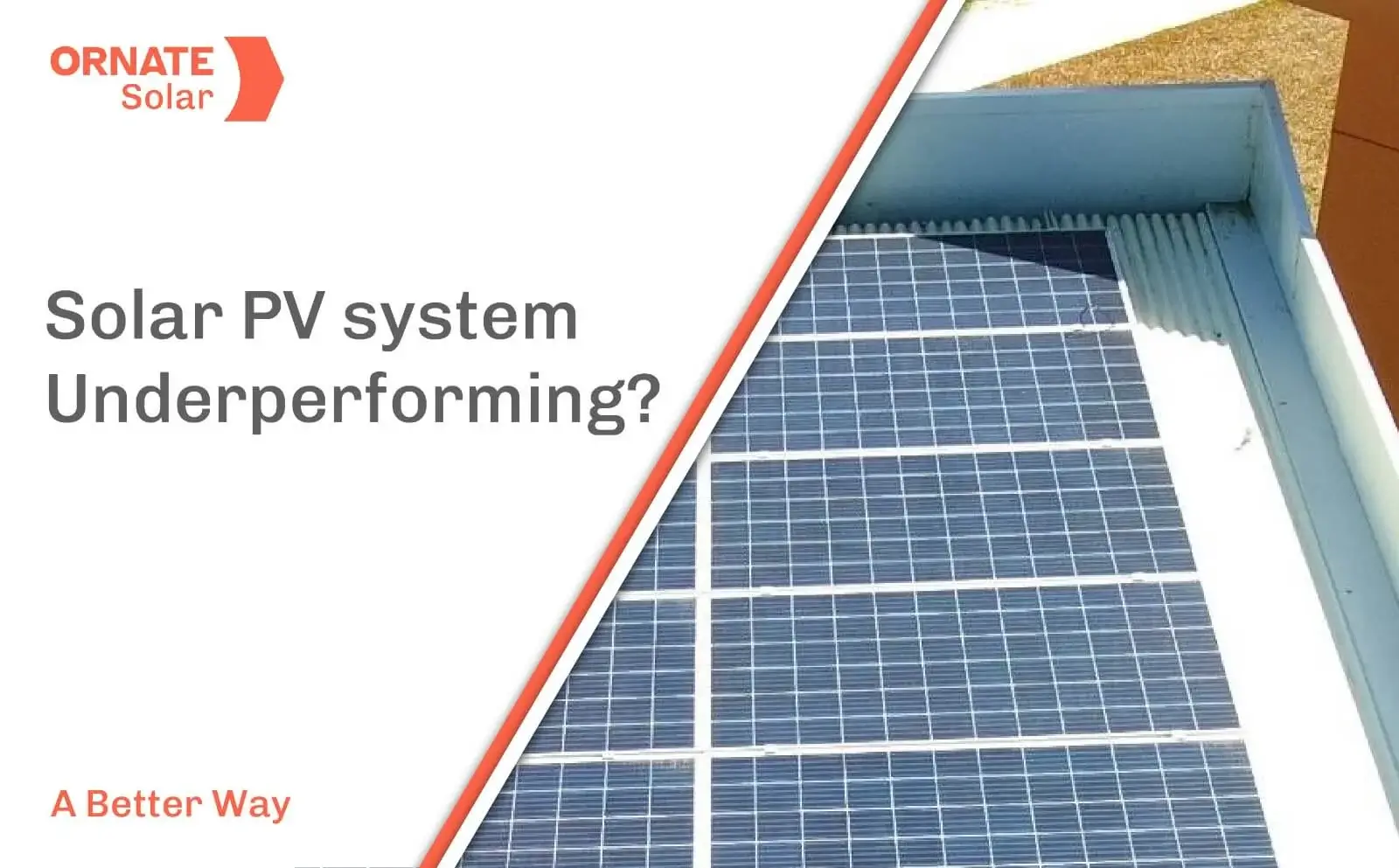
So you finally took the plunge and got a shiny new solar power plant. But, for some reason, the plant is not generating the amount of energy you were promised!
Was it all a bad idea then?
No. Getting a solar power plant is never a bad decision, as even at its low-performance level, it will help you reduce your bills and carbon footprint! Moreover, the underperformance of your system can be traced back to multiple causes, most of which are preventable.
In this blog, we will understand how to detect if your solar power system is not performing well, and the reasons for it.
How to Spot Underperformance of Solar Power System
It is crucial to understand, that a slight drop in the generation of your solar power system is normal. Your energy yield will always go up and down. Generally, the low efficiency can be attributed to common reasons like:
• Change in climate (extreme heat or rainy weather)
• Cloud cover/ haze
• Direction and orientation of solar panels
• Power losses occur during the conversion of DC power from the modules to reusable AC power.
On the other hand, an underperformance issue appears when the solar energy system is generating fairly lower energy than expected.
How would you know that?
First, know your expected energy output based on the wattage and rating of your solar equipment. Secondly, you can track whether your system is generating the promised amount by monitoring your system either through web-based applications or manually checking the readings.
Another way to discern whether the system is underperforming is through electricity bills. Any significant rises in monthly energy costs can mean that your solar plant efficiency has dropped.
5 Reasons for the Underperformance of Solar Plants
When it comes to drop in efficiency of solar power plants, there are 5 more common causes . Let’s understand them in detail.
1. Soiling Losses
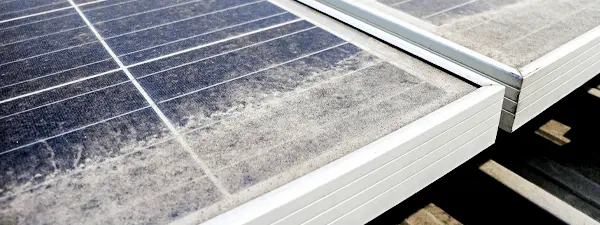
Studies have shown that one of the chief reasons for underperformance is soiling. Soiling, which is simply the accumulation of soil and dust particles over the panels will obstruct the quantum of sun rays reaching the panels.
Anything from dust or debris accumulation and bird droppings to snow cover can prevent modules from harnessing the full potential of the sun. Often it is seen, water residue after rain leaves a dirt residue at the bottom corners of the panels. This can also bring down generation and even lead to overheating of modules.
Solution:
• Clean your panels at least once every two weeks to remove dirt
• To avoid dust buildup, invest in a simple yet powerful device like aqua pi that drains the accumulated water.
2. Shading

From reducing your generation to increasing the risk of hotspots, shadows on modules can lead to a range of problems. Shading can be caused by walls on the roof of the building, antennas and water tanks, or tree branches.
As a rule of thumb, any obstructions to sunlight are identified during the site inspection and the system is designed accordingly. But, new construction in the neighbourhood or poles and trees in the vicinity may pose a problem in the future.
When a solar cell becomes shaded, the entire output of the string can get reduced by 40-80%. This is why shading remains one of the biggest reasons for the loss of efficiency in solar power systems. Fortunately, there are ways to mitigate shading losses.
Solution:
• Ensure a proper site inspection takes place before installation. In cases where shading is unavoidable at specific times or spots, engineers will mount the panels in a way that the efficiency is not affected.
• Connecting your solar panel array in a parallel connection rather than a string one can also reduce shading losses to a great extent.
• Invest in quality. Good quality panels are equipped with bypass diodes which provide an alternate route to current when certain solar cells become shaded. Moreover, the latest modules in the market such as that of Canadian solar, come with better shading tolerance technology.
• You can also invest in tracking systems that adjust the tilt of the panels to receive the maximum sunlight.
• Devices such as power optimizers and microinverters maximize the output of other solar cells when some of them get shaded.
3. Hotspots on Solar Panels
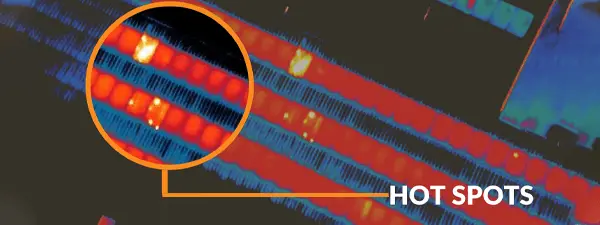
A hot spot is defined as a localized region in a PV module whose operating temperature is very high in comparison with its surroundings. Hotspots occur when a cell generates less current than the other cells in a series, due to partial shading, damage, mismatch, or other reasons.
Instead of generating energy, this weak cell starts to consume energy from its neighbouring cells. This results in overheating or the formation of hotspots on solar panels.
Hotspots not only reduce panel output but can also lead to serious issues such as glass breaking, melting of the sheets underneath the panels, degradation of the solar cells, and in extreme scenarios- fire. Hotspots can be caused by shading, soiling, internal damage to the modules, design defects, or factors such as hail, lightning, etc.
Solution:
• Invest in modules with lower hotspot temperature
• Remove obstructions that can cast shadows on panels
• Regularly clean your modules
• Allow airflow gap between panels and ground, or opt for a solar roof.
• If panels are deteriorating, immediately contact a professional.
4. Potential Induced Degradation
Potential-Induced Degradation (PID) is a phenomenon that occurs in photovoltaic (solar) panels where their performance degrades, due to the high potential difference between solar cells and the module frame. This difference can lead to current leakage, which negatively affects the photovoltaic power of the solar cell.
PID can be caused by multiple factors, including humid temperature, the material of encapsulant or glass used in the modules, the position of panels, and earthing. This phenomenon can reduce output by a significant 30-70%. It has to be detected using either I-V curve testing or EL Imaging.
If your system is underperforming, PID could be a potential reason. But, this type of degradation is hard to detect and the testing should be performed by a professional. As a consumer, there are ways to avoid the PID effect.
Solution:
• Invest in high-quality panels with well-designed encapsulants and frames, which are tested against humid climates
• Use panels where the negative end of the string can be connected to the ground.
5. Manufacturing and Transportation Defects

Some underperformance issues can be linked to the manufacturing and transportation of solar equipment. Defects like micro-cracks, poor string connection, defective junction boxes, bent frames, broken glass, etc. can also drastically reduce the efficiency of a solar PV system, along with increasing the risk of problems in the future.
Solution:
• Invest in trusted solar brands with multiple years of experience in fulfilling solar needs.
• Choose trusted quality EPC services with a proven portfolio of successful installations
• Make sure you get a full site inspection after installation, which allows the developer to detect any flaws with the system beforehand.
We have established that there could be multiple reasons why your solar panels may not perform as expected. However, don’t worry. Surveys have shown that a major portion of solar consumers never has to face such technical issues during the system’s life.
Solar PV systems are quite reliable and hardly require any maintenance. Just make sure that you invest in good quality solar equipment and clean your modules regularly, and monitor your system performance from time to time. In case of major issues, contact a professional.
About Ornate Solar
Ornate Solar is one of the leading solar companies in India with over 8 years of experience in the industry. We have partnered with the best-in-class global solar brands to provide you with a trustable, affordable, and reliable range of solar panels, inverters, and solar accessories.
We have also developed India’s first Integrated In-Roof system. Ornate InRoof is a roof made out of solar panels, which is leak-proof and looks aesthetically pleasing.
If you are exploring solar solutions, reach out to us at 18002026252 to discuss your options.
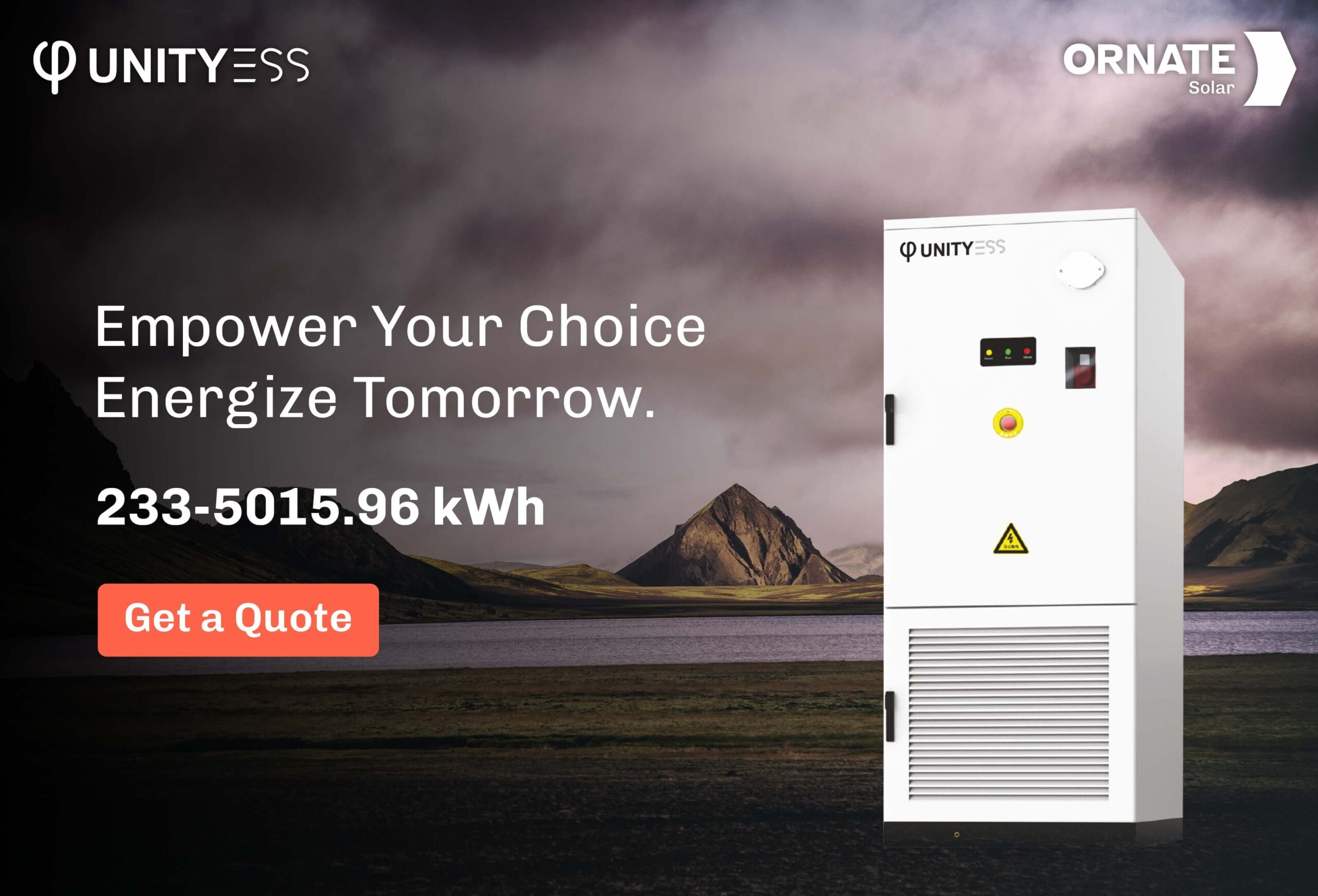


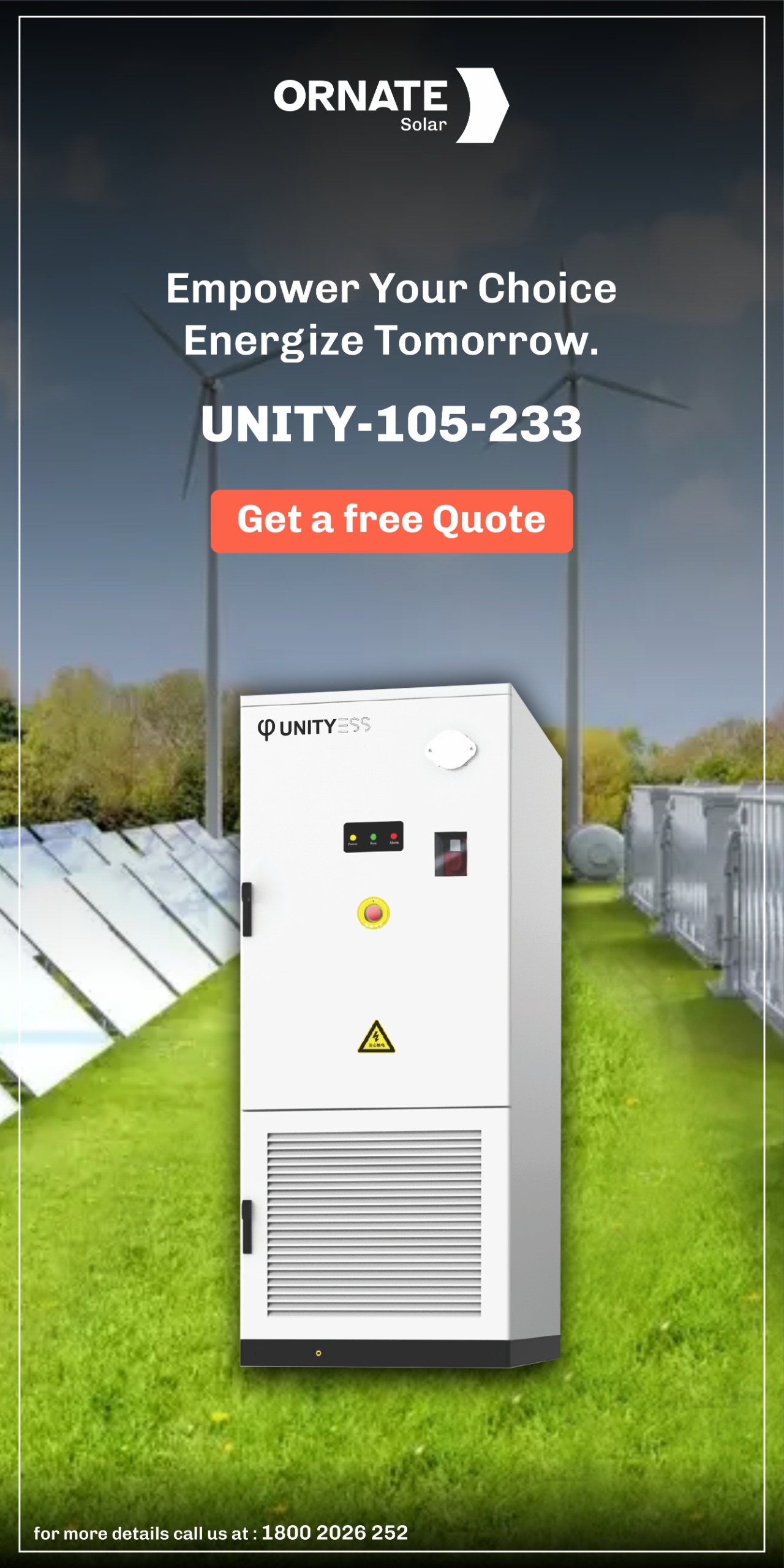

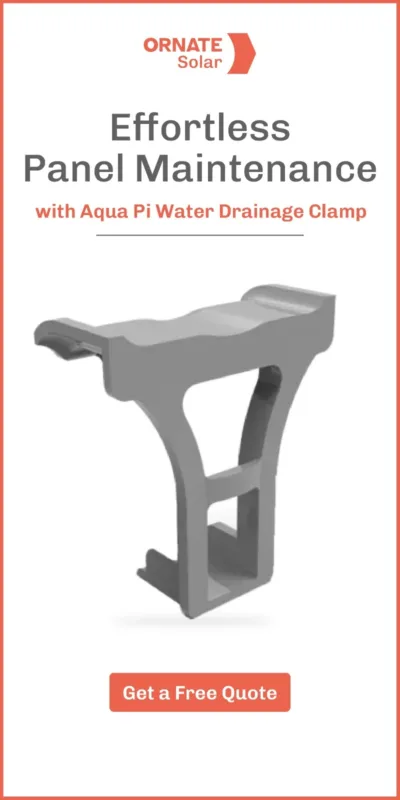
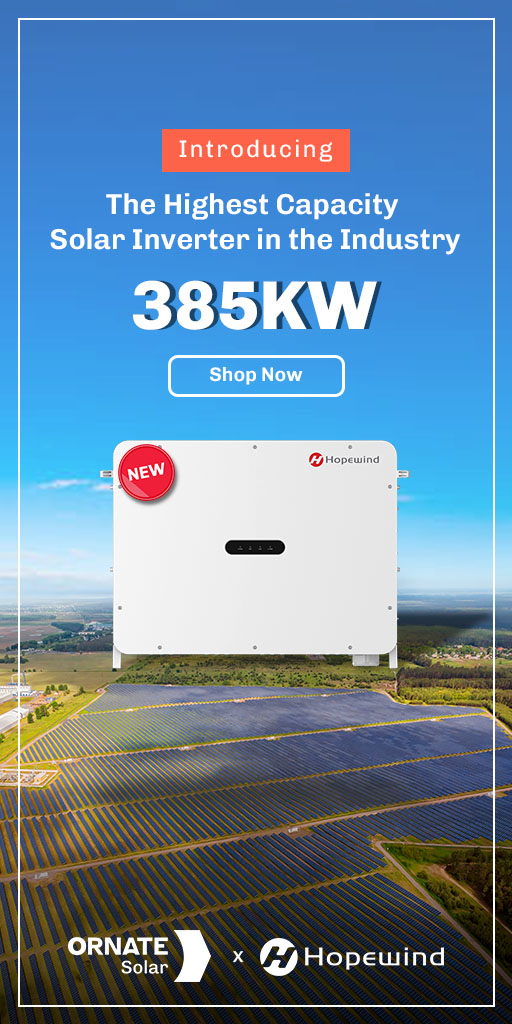


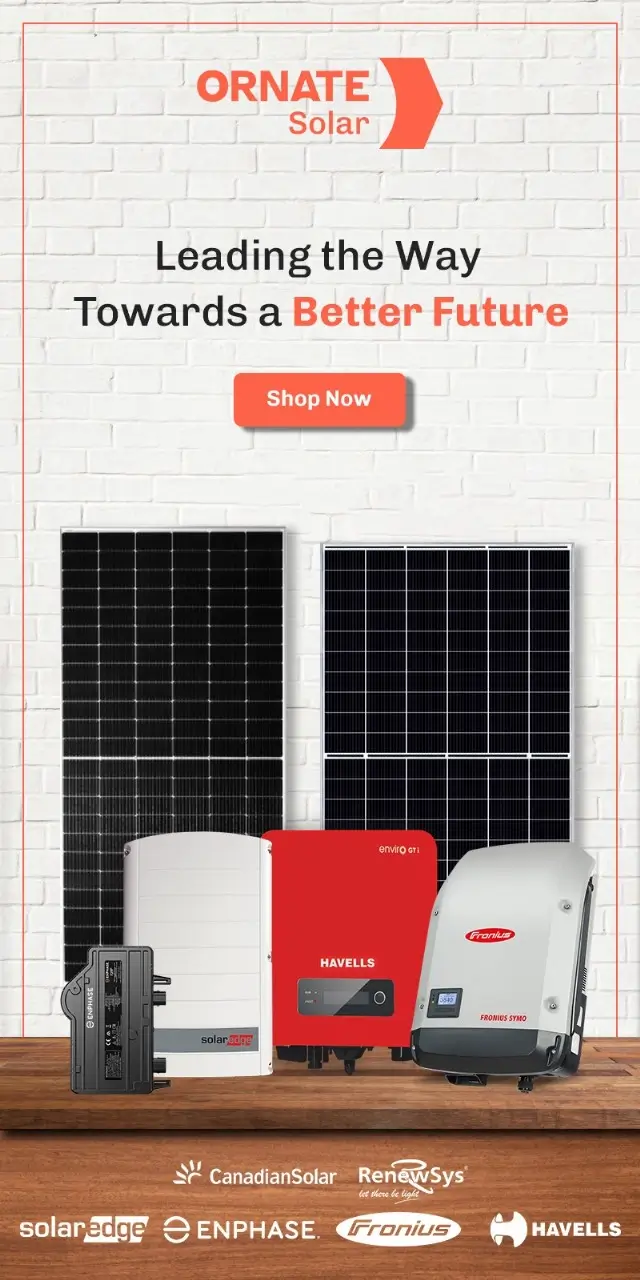



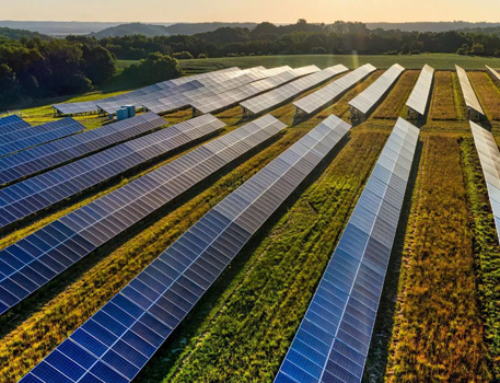
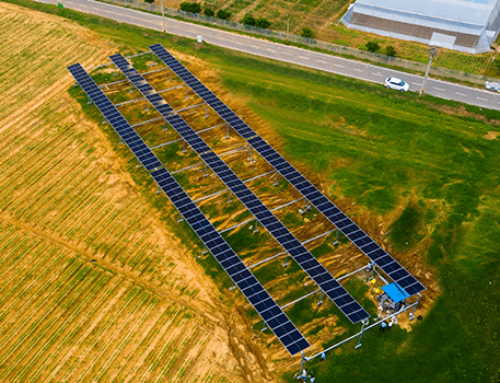
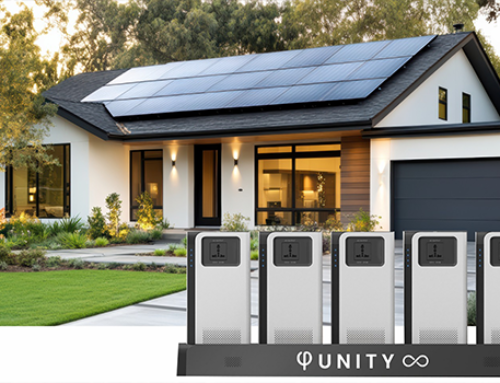
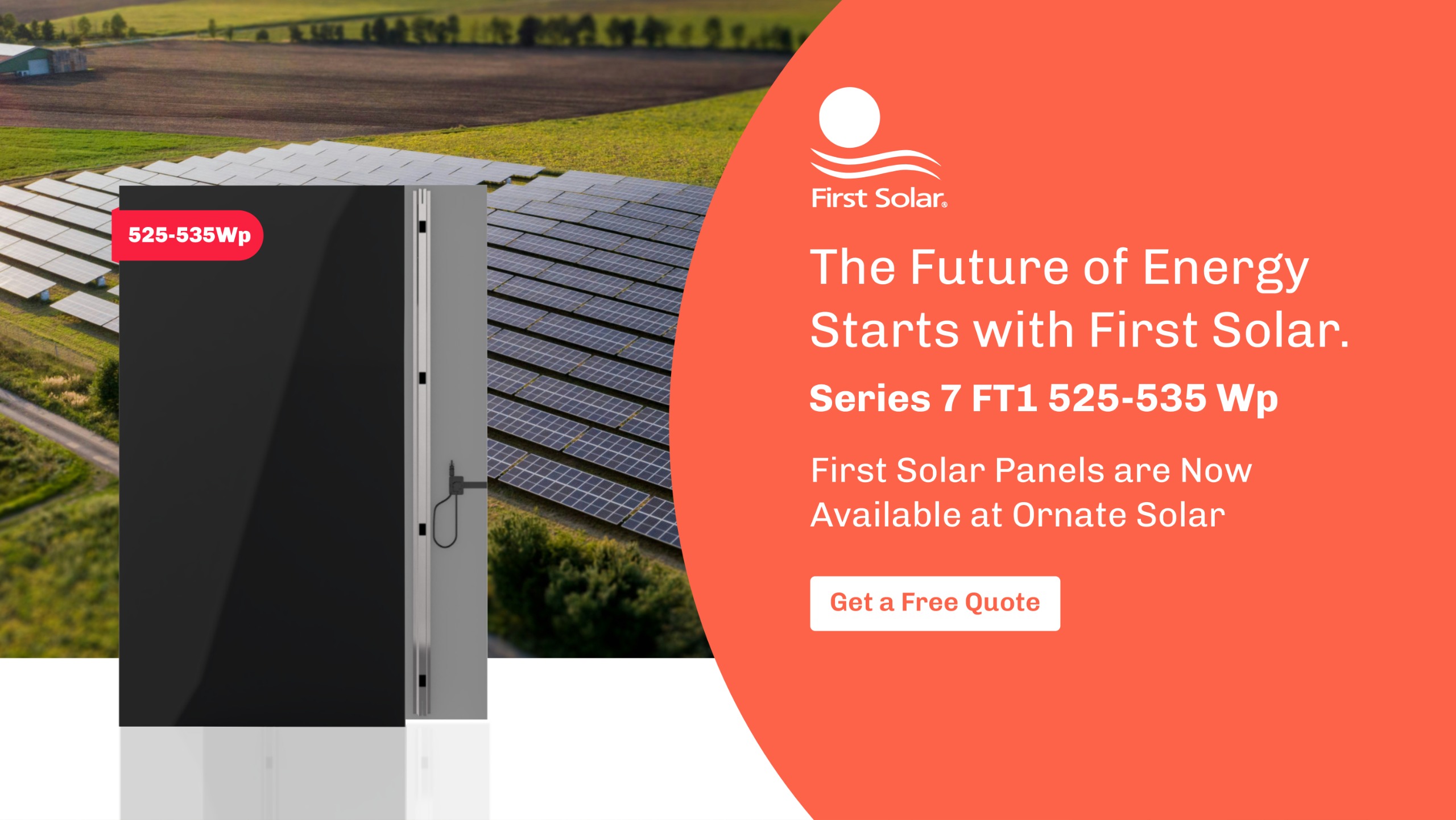
It’s a great article. Thank you for this information